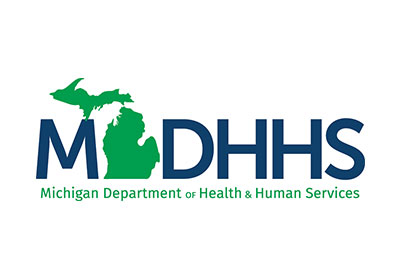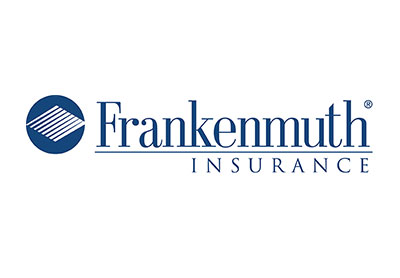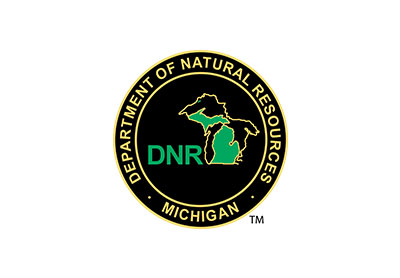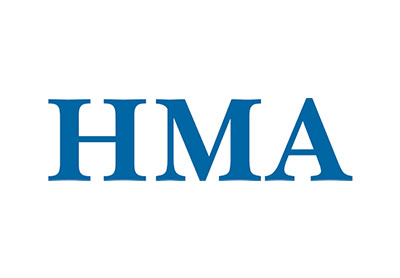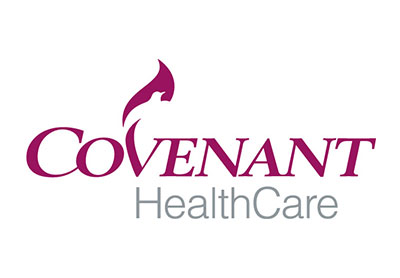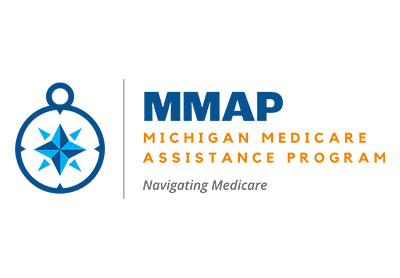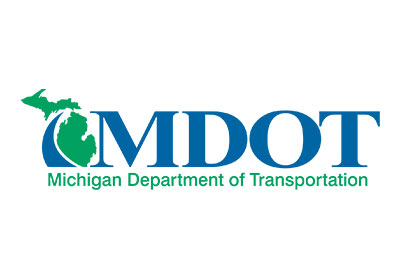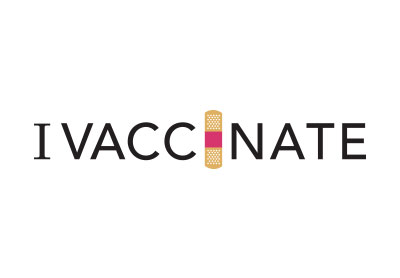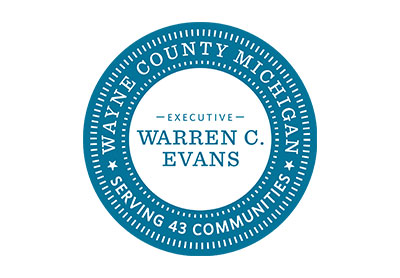
Advertising doesn’t exist in a vacuum — every message lands in the context of someone’s lived experience. That’s why content and trigger warnings have entered the conversation. Content warnings can provide empathetic warnings to audiences before interacting with topics that could be distressing or disturbing. And when used appropriately, strategically and in the right format, can be beneficial for both brands and consumers.
Have questions about using content warnings in advertising? We’re breaking them down.
What are content and trigger warnings?
Just like your favorite streaming service might note sensitive topics before a show starts, content warnings in advertising point out potentially troubling topics before or after ads run. They often encompass areas like:
- Domestic violence
- Mental health
- Substance use or overdose
- Systemic racism
- Gun violence
- Sexual assault or abuse
- Self-harm
- Eating disorders
- Drunk driving
- Animal cruelty
Why are content warnings in the conversation?
Audience expectations have shifted in today’s culture, with Gen Z and trauma-exposed groups being more vocal about how certain content affects them. As humans, and advertisers, it’s important we take that into account. Today’s consumers value brands who acknowledge mental health, trauma and lived experiences… and many have come to expect it. While the goal of a campaign is always to leave an impact, the impact it leaves is equally important.
Why do content warnings in advertising matter?
A simple warning gives viewers space to prepare, to engage mindfully with the content, or to opt out if it’s not something they’re ready to see. When people feel their wellbeing is considered, they’re more open to interacting.
While not legally required in advertising right now, content warnings are increasingly seen as part of responsible communication. They signal transparency, care and respect for diverse audiences.
How can advertisers use content warnings mindfully?
Be specific and concise.
Avoid vague “trigger warning” labels without context. A good warning tells viewers what to expect so they can decide if they want to engage.
Don’t say: “Trigger warning.”
Do say: “This ad includes mentions of sexual assault and self-harm imagery.”
Being direct helps audiences prepare emotionally, without overexplaining.
Avoid prescribing emotion.
Never tell audiences how they should feel or assume which groups will be affected. Trauma is individual.
Don’t say: “This may be upsetting to individuals impacted by suicide/mental health.”
Do say: “This ad includes a brief depiction of suicide.”
Pair warnings with support.
Warnings aren’t just about a heads-up, they’re about support. Give consumers a healthier path forward by pairing content warnings with links, hotlines and resources.
Do say:
“If this brings up difficult feelings, you’re not alone. Call or text ____.”
“This video addresses real experiences with substance use disorder. Resources are available at the link in bio.”
Design content warnings mindfully.
Don’t add uneasiness or distress with fear-inducing designs. Make warnings simple, warm and comforting. Avoid red text and unsettling font/tones.
Use sparingly and strategically.
Not every campaign needs a content warning. In fact, overusing them can be unnecessary and dilute your impact or reputation. Content warnings are best reserved for material that a reasonable portion of your audience could find distressing. They’re most successful when paired with long-form storytelling, PSAs, testimonials, first-person survivor stories, medical or health care campaigns, and other formats that can contain more sensitive material.
At the end of the day, content warnings in advertising are about accountability. They show you recognize the weight of your message and care about how it lands. When you prioritize audience wellbeing, you’re not just protecting your brand — you’re proving it stands for something bigger.
Looking for more ways to make a powerful impact? Explore trends on the Brogan blog.


